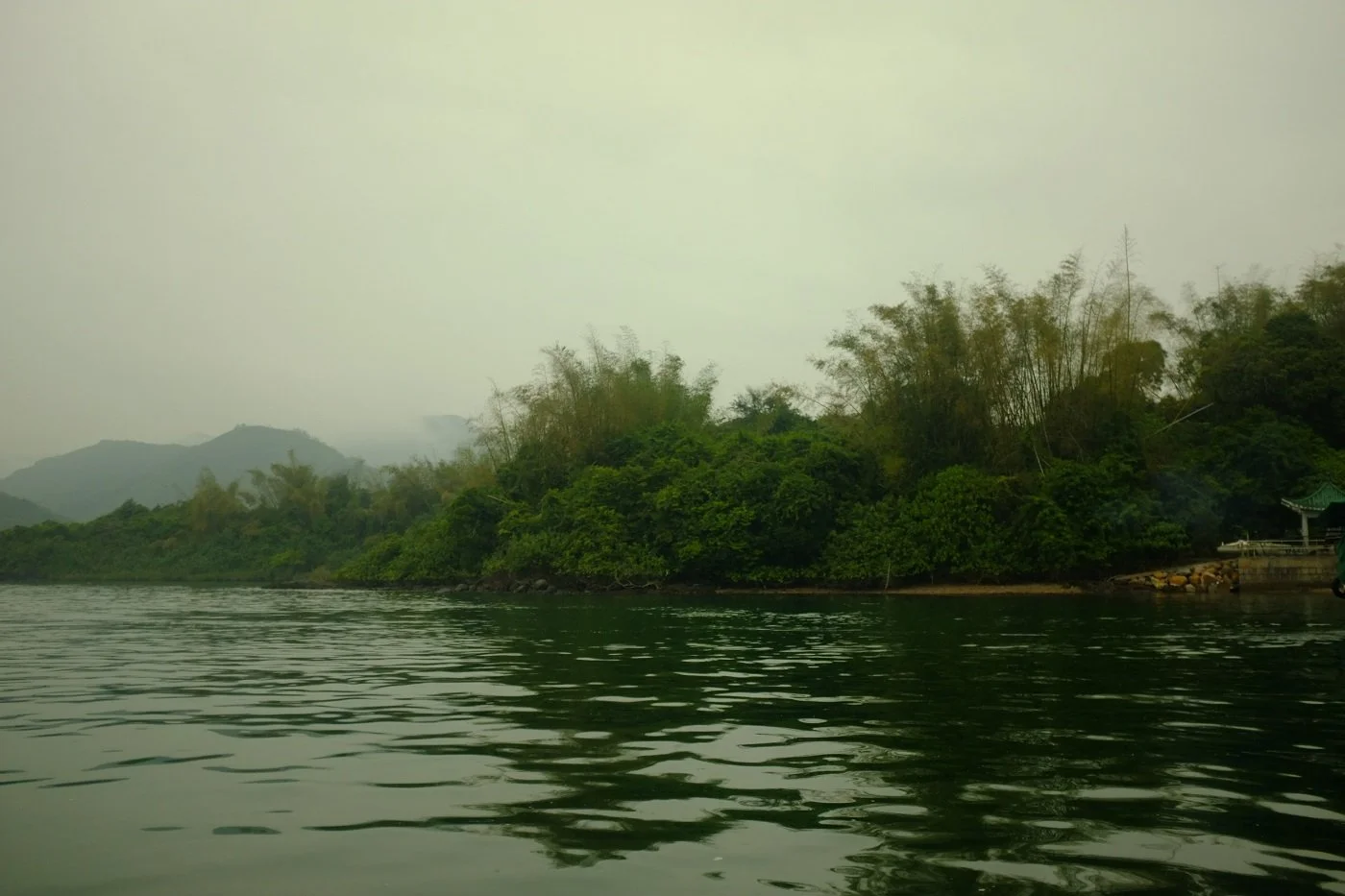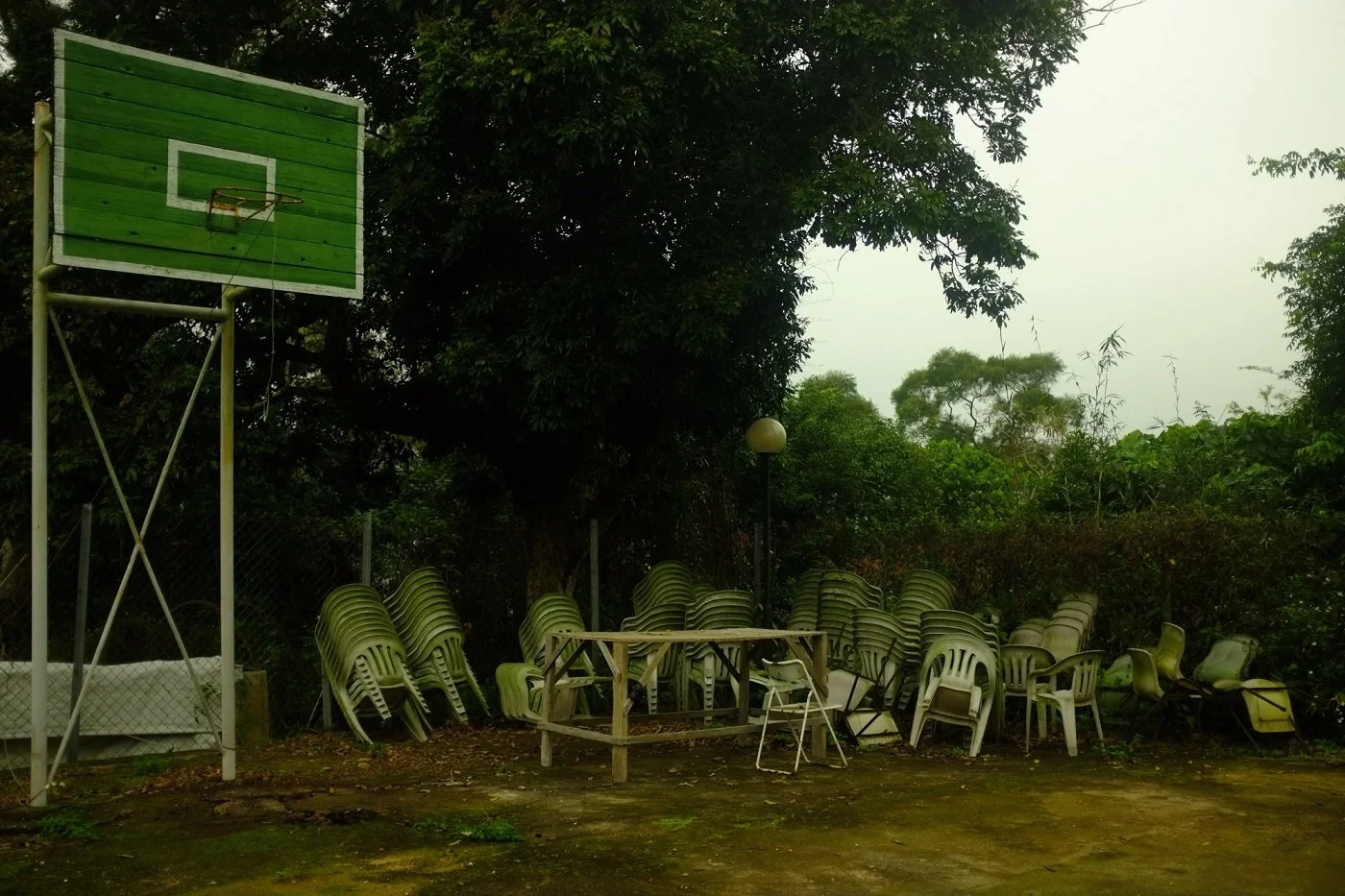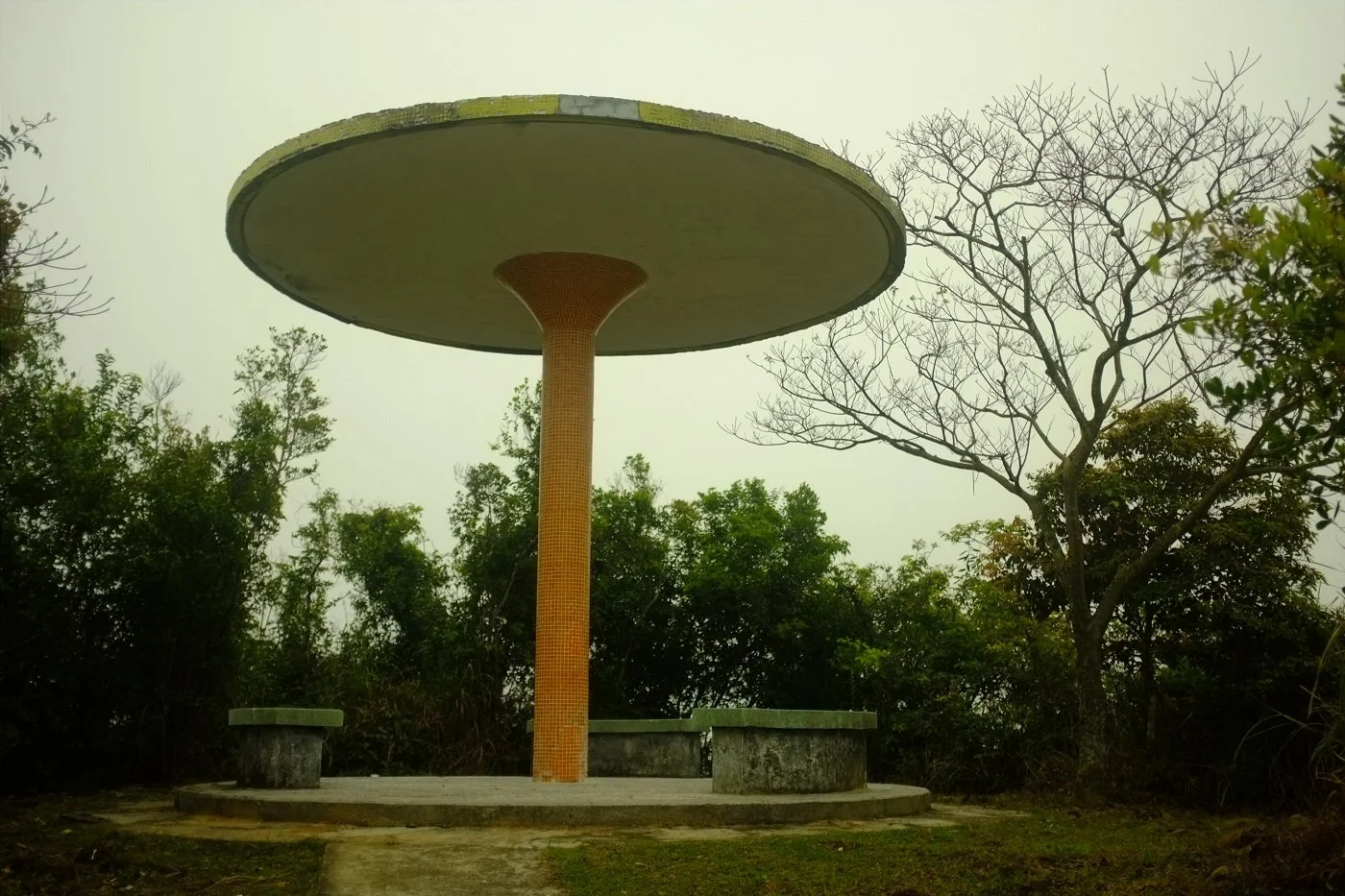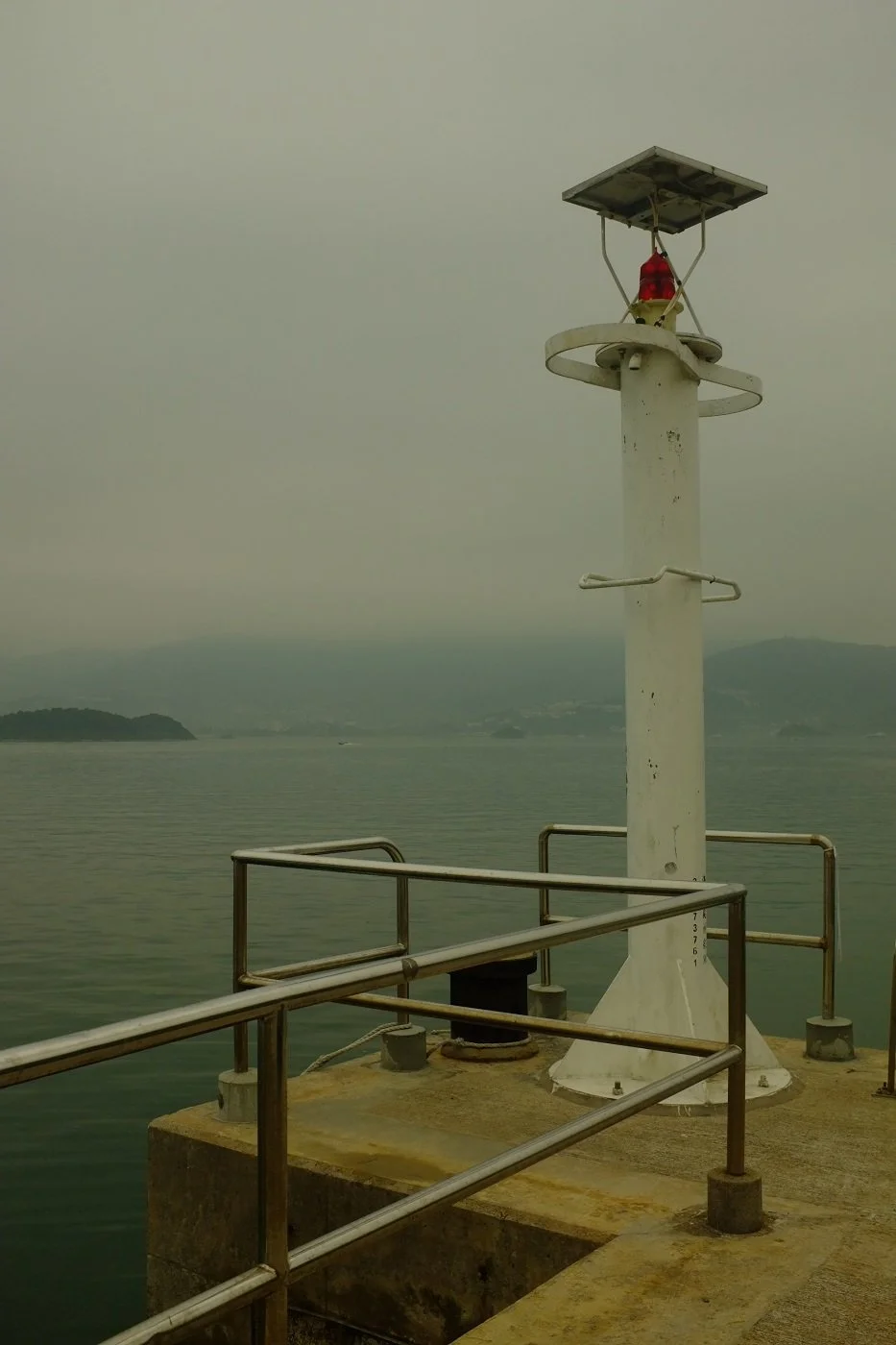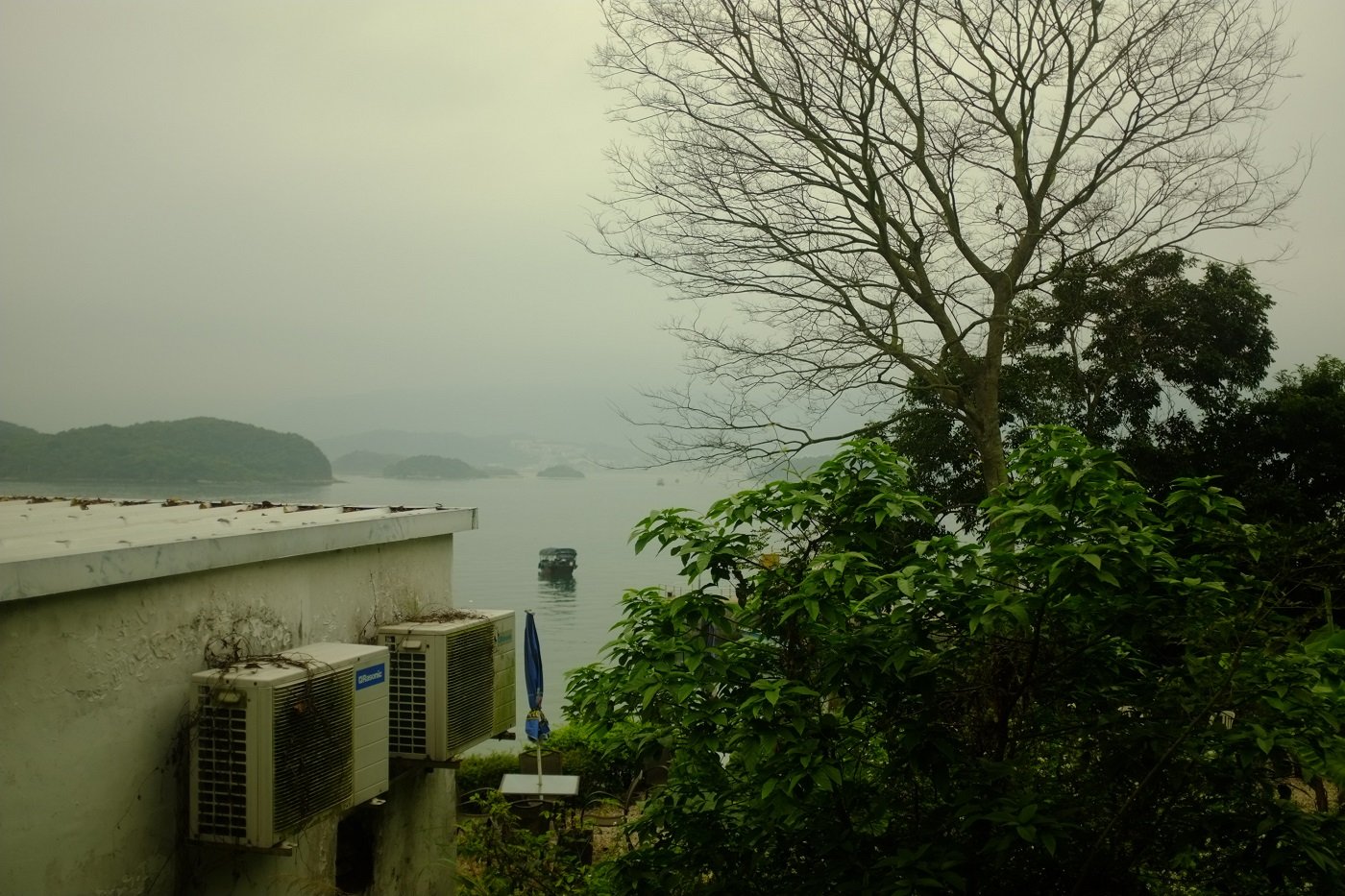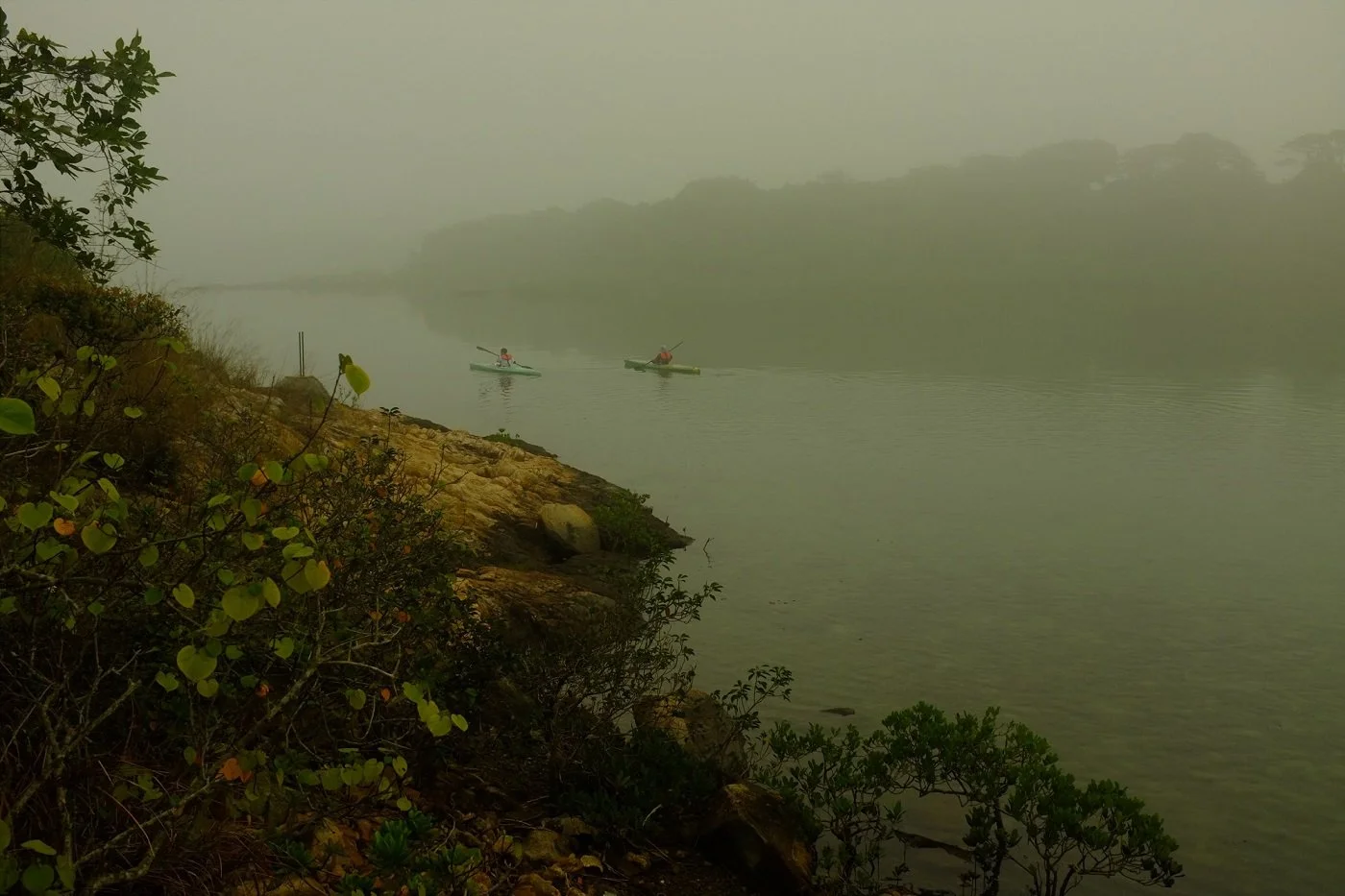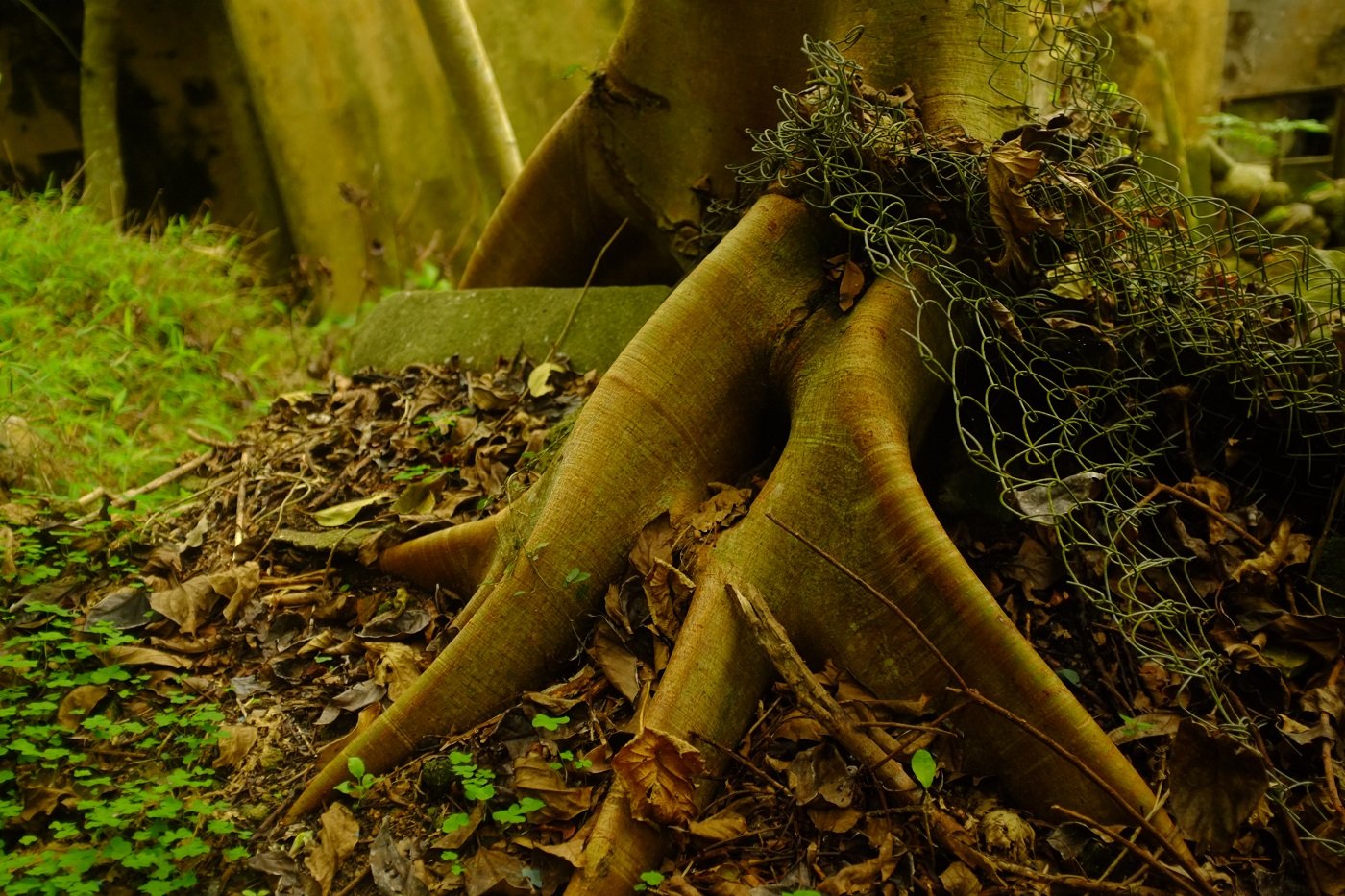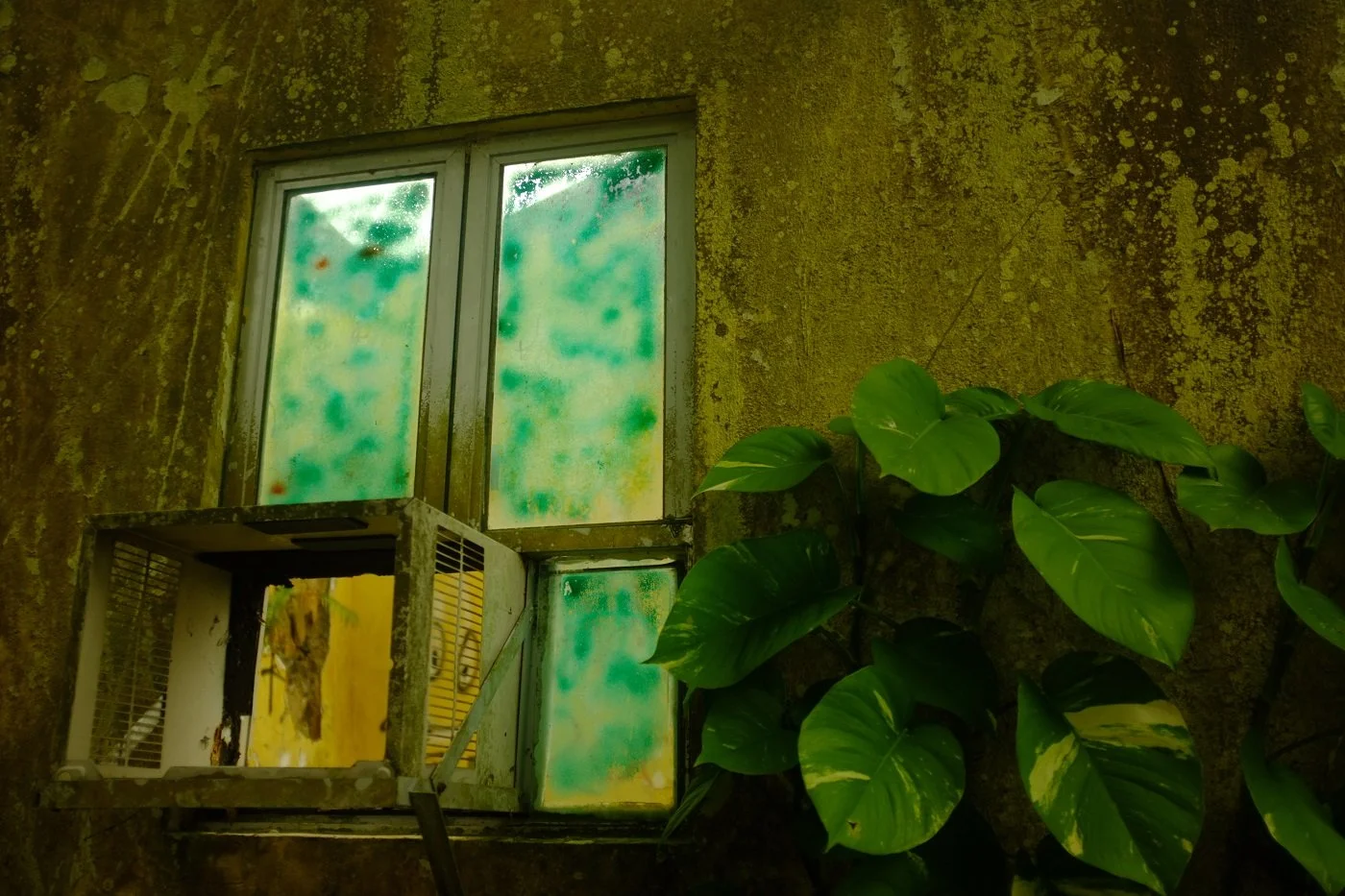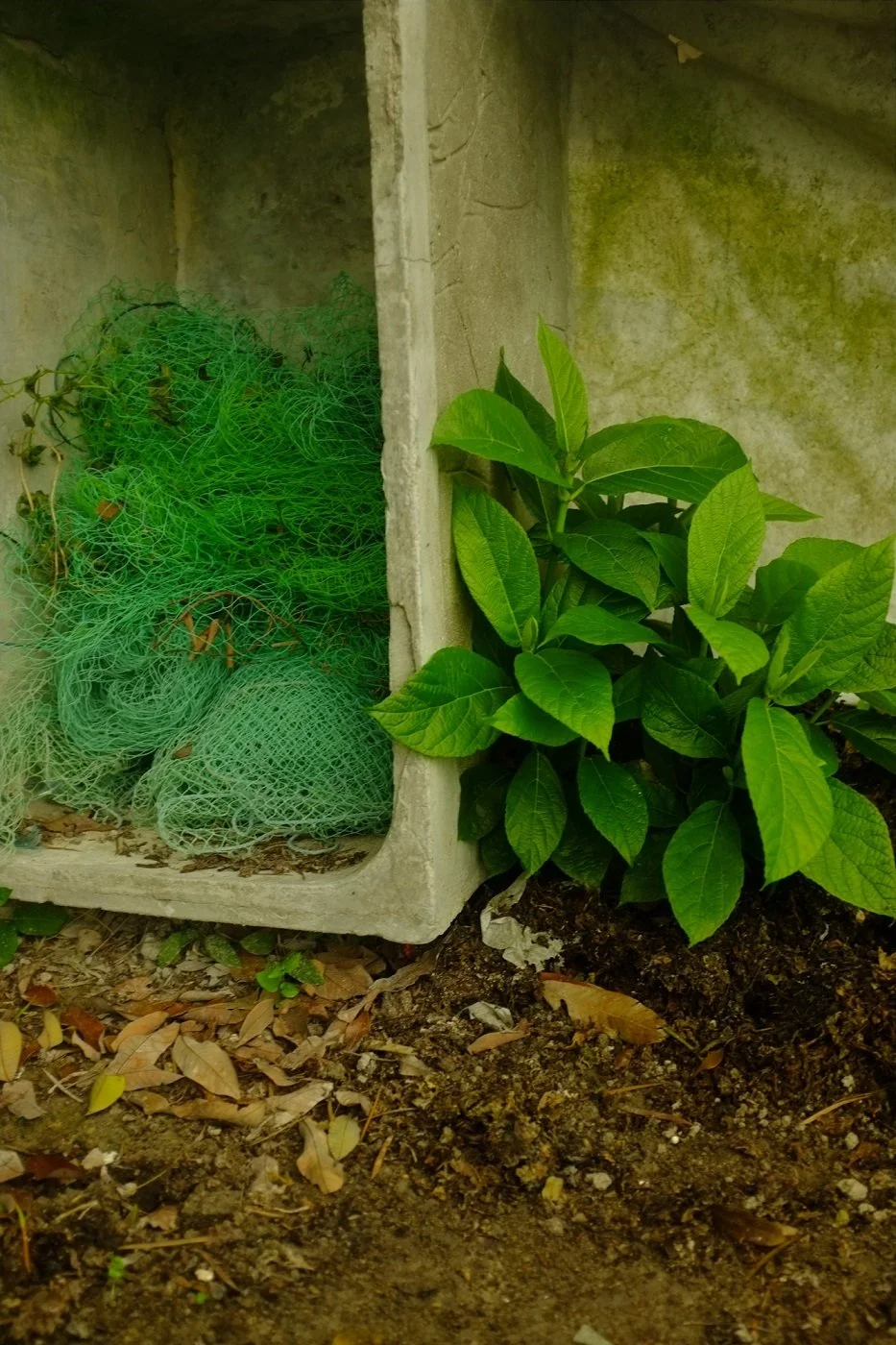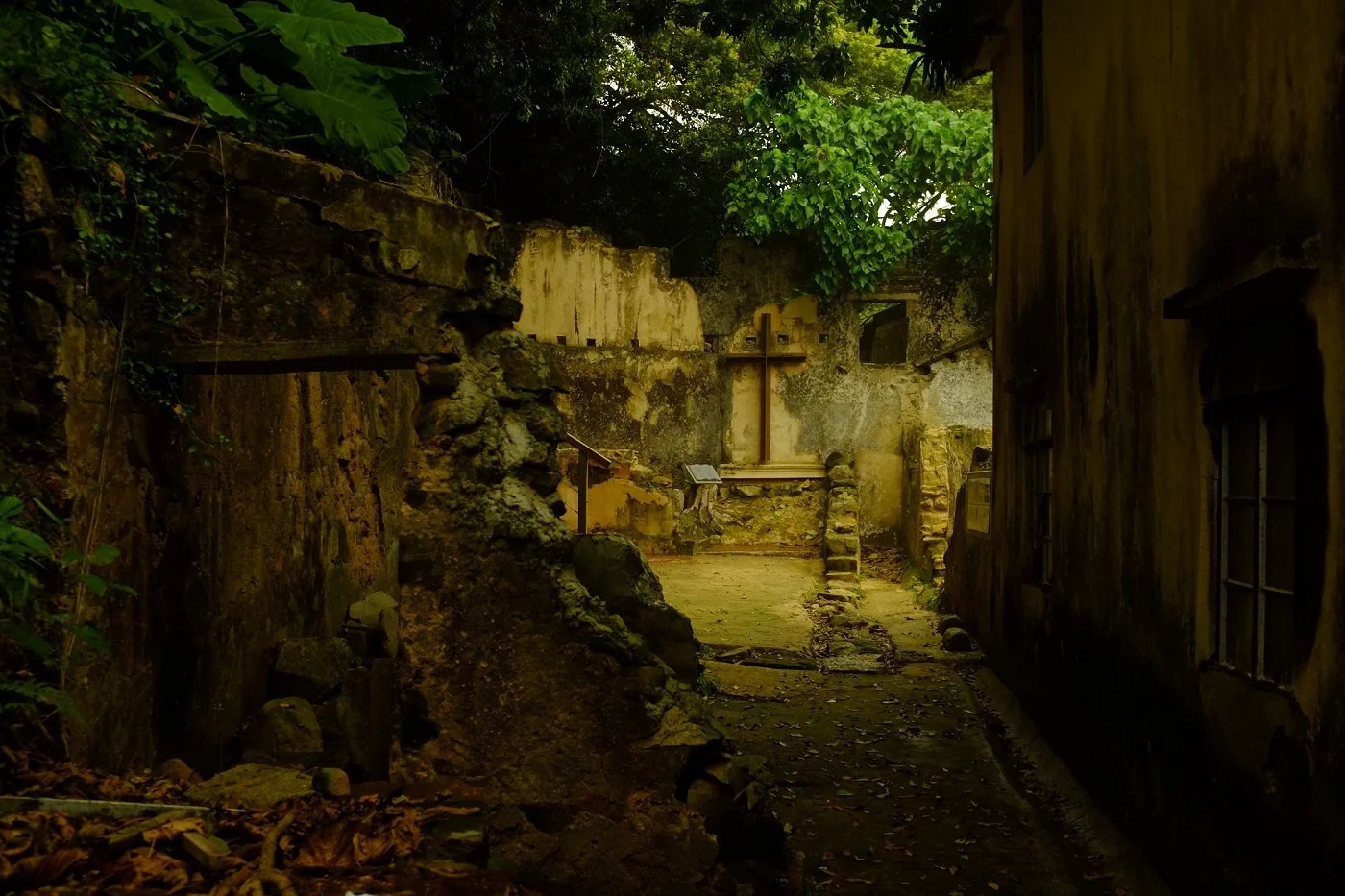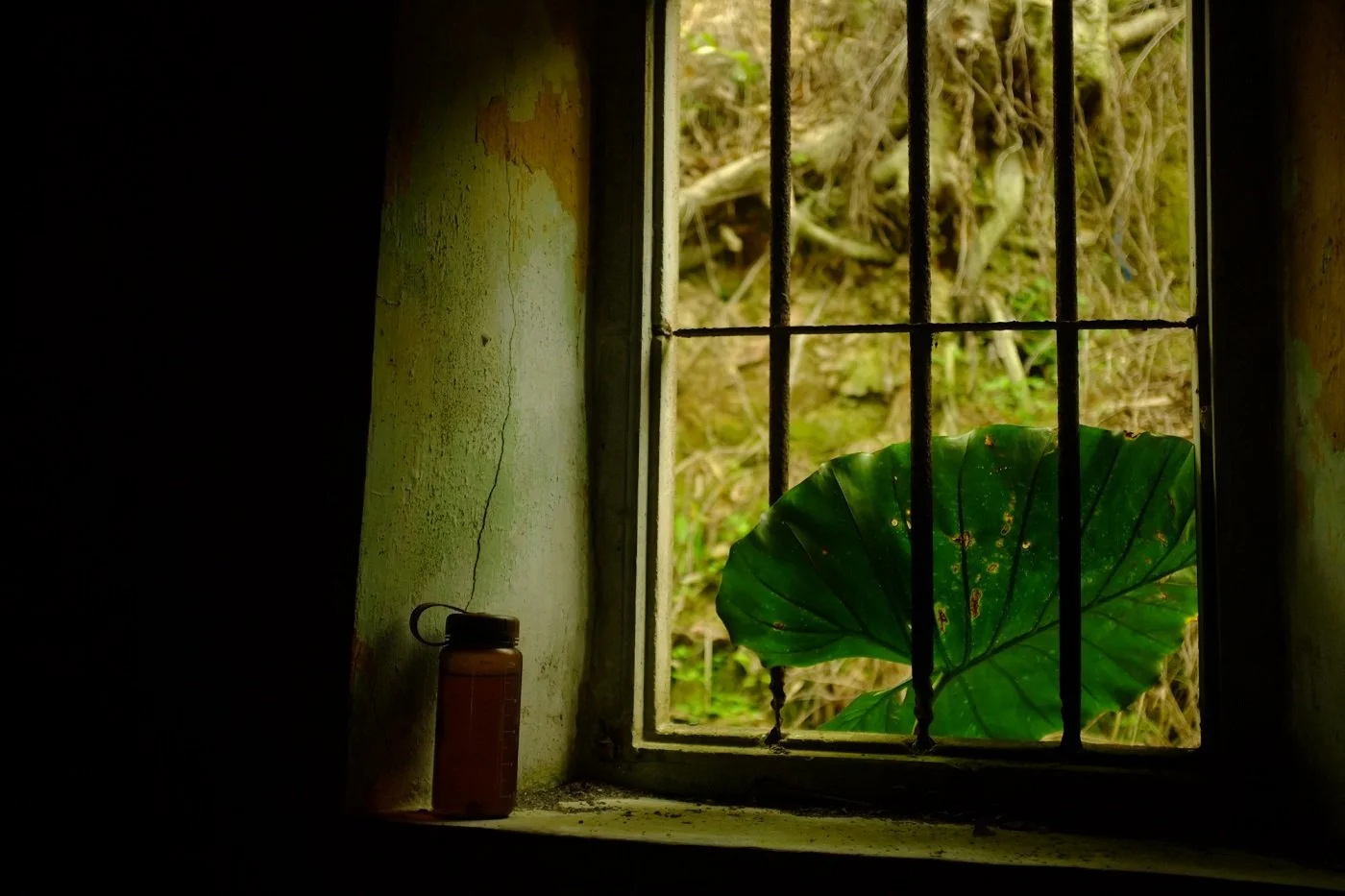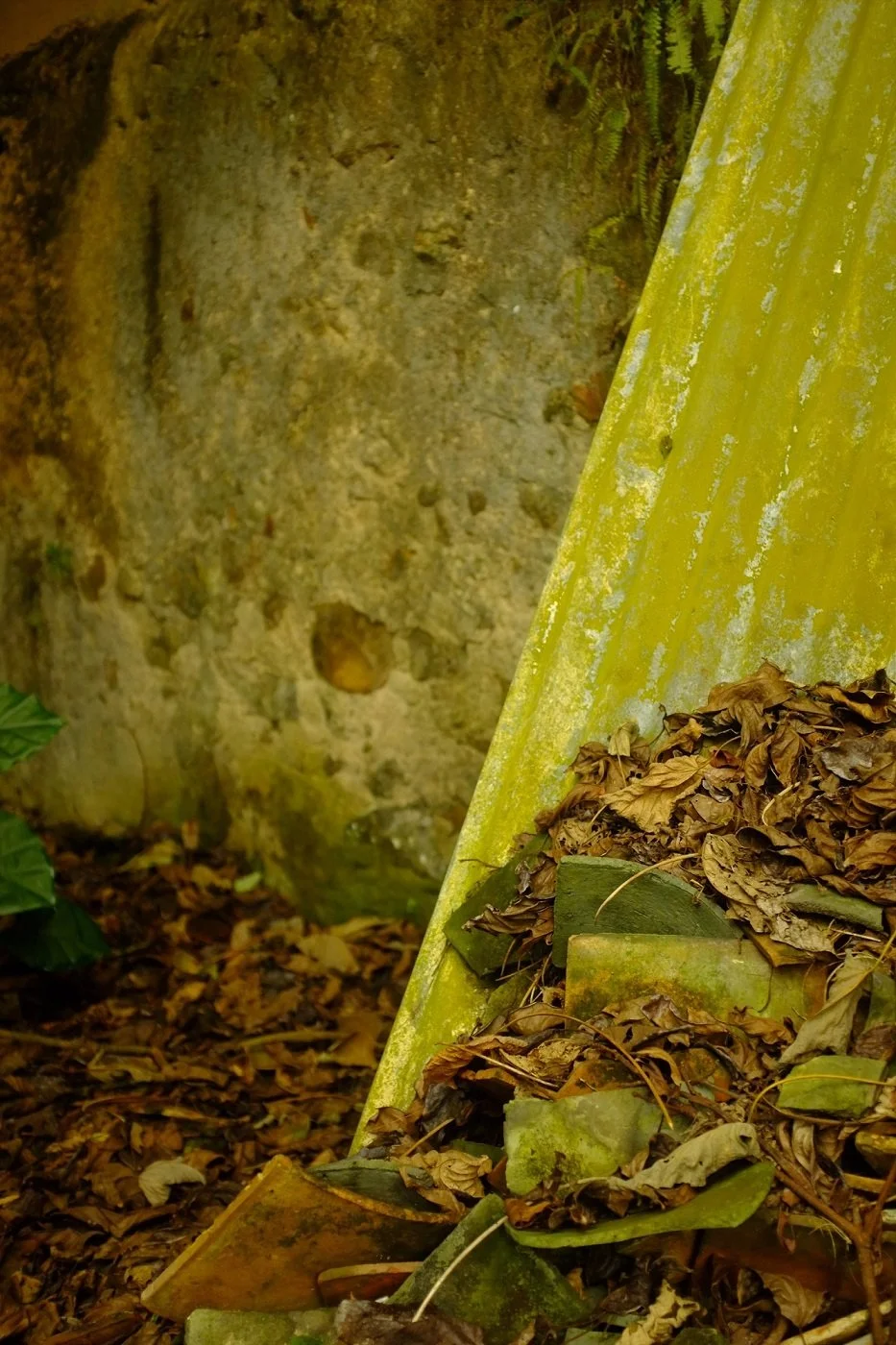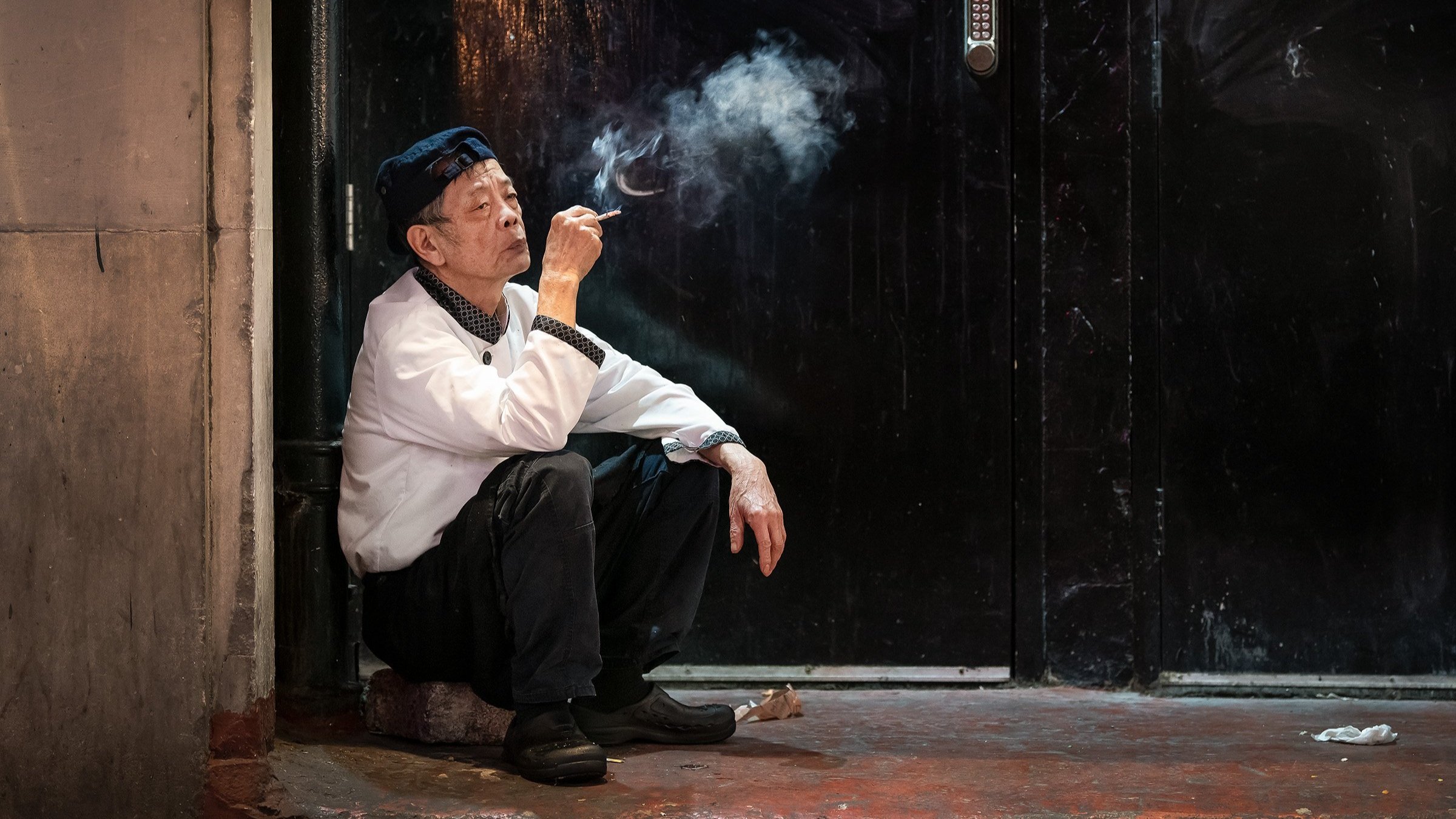The Ghost Island by Kinga Owczennikow
Welcome to another captivating photo essay, this time by Kinga Owczennikow. We'd love to hear your thoughts. Feel free to comment below and, if you're interested, share your photo essay with us. Your perspectives add valuable dimensions to our collective exploration.
Imagine drifting across the waters of the South China Sea, the salty breeze in your hair, as you approach an island that time seems to have forgotten. This is Yim Tin Tsai, a small, abandoned piece of land near Sai Kung, Hong Kong, where nature is slowly reclaiming its territory. Once a thriving salt-producing community, the island now stands as a haunting testament to the passage of time, with crumbling Hakka houses and a lone chapel perched at its highest point. As you step onto the shore, the serenity of the surroundings is both mesmerizing and eerie, with the encroaching wilderness weaving a captivating narrative around the remnants of human habitation.
Photographer Kinga Owczennikow takes us on an evocative journey through this ghostly landscape in her essay, “The Ghost Island.” With a keen eye for detail and a deep appreciation for the subtle interplay between nature and history, Kinga captures the essence of Yim Tin Tsai—a place where the past and present coexist in a delicate balance. Her images invite us to explore the island through her lens, uncovering stories hidden within its decaying walls and overgrown paths.
“Nature, in her blind search for life, has filled every possible cranny of the earth with some sort of fantastic creature.” [Joseph Wood Krutch]
The Ghost Island
“I’m rooted (…)” [Virginia Woolf]
Amid the waters of the South China Sea, just off the coast of Sai Kung (Hong Kong), nature started to take over a tiny piece of island called Yim Tin Tsai, now abandoned. You can get there by a private boat. Yim Tin Tsai or 鹽田仔 in Chinese literally means “Little Salt Field” as the community of this place used to thrived on salt manufacturing. As you find yourself slowly approaching the island, you will see the St. Joseph’s Chapel at its highest point. It was built in 1890 and it is the landmark of Yim Tin Tsai.
In 2005, the village was given the UNESCO award for its protection and the preservation of cultural heritage. The simplicity of it stands for its beauty. Once you land on the island, the short walk towards the chapel seems the most natural way to start your exploration of this intriguing place.
While wandering endlessly, there are amazing sights to come upon, so much so that you are simply overtaken by the unexpected connections of nature, objects and colours being exposed to you. Only if you are open-minded enough to perceive them. That’s how the unknown stories begin to unravel themselves; the present moment, just awoken memories and your own imagination start to work their way. As you continue your exploration of the island, there are dozen Hakka village houses to see and some newer ones, also in a state of almost total despair. The closer you come to or - if you’re brave enough - enter the abandoned walls, the more intense feeling of surrender has a chance to touch you.
At this point the Nature starts to rule...
“(…) but I flow.” [Virginia Woolf]
Connection to Place: In your essay, you mention the profound connection between the island’s past and the encroaching natural elements. How do you prepare to capture the essence of such a charged environment, and what challenges do you face in photographing the interplay between nature and the remnants of human settlement?
Beside finding out about the logistics of traveling to and from the island, I set off to Yim Tin Tsai with an open mind to embrace the remaining sights of its past. The sense of place comes mostly from -what I believe- is my own, gradually built sensitivity towards abandoned environments, based on the experiences of having visited places not just in Hong Kong but also in Cambodia, India, Albania or Greece, to name just few. To add to that: I have used psychogeography as a helping tool when approaching many of my projects. “Psychogeography is the fact that you have an opinion about a space the moment you step into it,” says the writer and psychogeographer Wilfried Hou Je Bek. “This has as much to do with the space as with our hardwired instincts to determine if it is safe.”
Artistic Inspirations: Virginia Woolf and Joseph Wood Krutch are cited in your narrative, suggesting a literary influence on your visual storytelling. Can you discuss how these writers, and perhaps others, influence the way you approach the composition and thematic development of your photographs?
Juxtaposition of language and imagery has got a long tradition in the history of photography. However in case of this particular assignment, the literary references came in secondly. Wandering the path of any place I find myself in, making connections between details around me and searching for dialogues within those layers of found elements is my most preferred photographic practice, both when taking photographs as well as editing.
Cultural Significance and Preservation: With Yim Tin Tsai receiving a UNESCO award for preservation, how do you balance the aesthetic and historical aspects in your photography to both celebrate and document the cultural heritage of the island? What role do you believe photography plays in the preservation of such sites?
Knowing that I was going to photograph a UNESCO site, I had to accept the fact that whatever documentary work comes from there, it will give a strong historical context to viewing the project in the first place. I believe that photography plays an essential role in preservation of such sites for example by increasing awareness and appreciation of them, potentially showing foreigner influence within its architectural features but also raising questions about migration, rural development or human conditions necessary to keep a settlement alive in a place somewhat away from others.
Kinga Owczennikow
A native of Poland, Kinga Owczennikow is a photographer who sees her craft as a borderless, nameless exploration of the world. Her journey as a visual storyteller has taken her across the globe, with residences in Hong Kong, Vietnam, Bhutan, South Africa, and several European countries, including Albania and the United Kingdom. A true wanderer guided by intuition, Kinga’s work captures the enigmatic essence of both cities and nature, as she navigates these spaces with an insatiable curiosity. Whether shooting on analogue or digital, she delves into the underlying mysteries that define each location she encounters.
Kinga’s work has been featured in renowned publications such as HK Magazine, F-Stop Magazine, and Photo Vogue, and she frequently participates in group exhibitions curated by the PH21 Gallery in Budapest, Hungary. Her photography has been showcased in group shows across France, Spain, Italy, the Netherlands, Greece, and the United States. Kinga was a finalist in the Mediterranean Spirit category at the PhotoMed Awards in 2016 and received recognition in the Association of Photographers Student Awards in both 2019 and 2020. She studied photographic theory and practice at the Warsaw School of Photography and earned her BA (Hons) at the UK’s University for the Creative Arts. In January 2022, Kinga was awarded an Associate Distinction by the Royal Photographic Society, solidifying her place as a significant voice in contemporary photography. (Website, Instagram)
